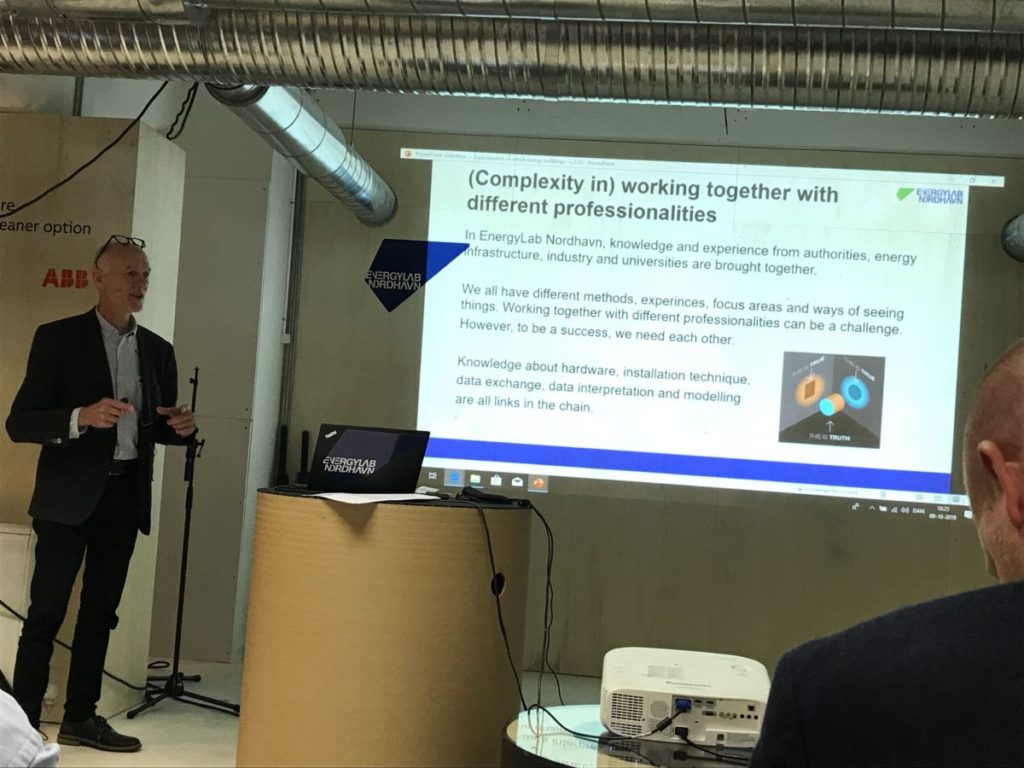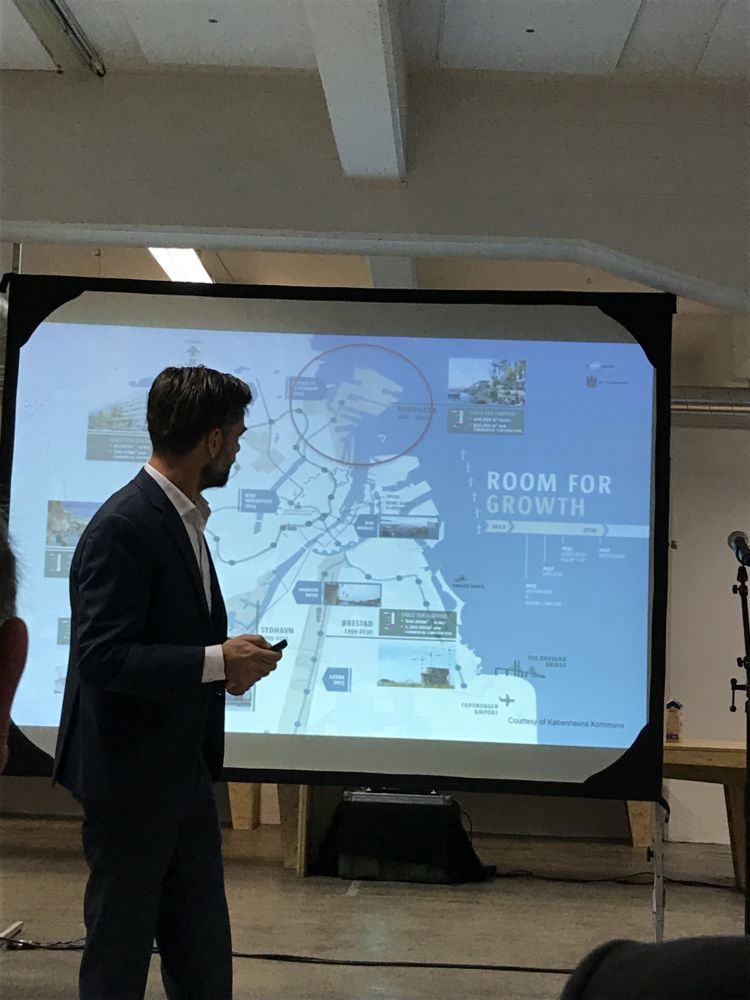By Sophie Nyborg, DTU
EnergyLab Nordhavn is an important case of an urban energy living lab/testbed in the SCALINGS project, so I was quite excited to attend the conference on 8-9 October, which would be the culmination of four and a half years of research and a budget of 19 million euros.
We had been following the project as a case in SCALINGS since fall 2018, taking part in meetings and workshops as well as delegation tours around the Northern Harbour area, which according to the ELN brochure “is one of Europe’s largest metropolitan development districts… Over the next 50 years, it will be built as a sustainable city district with 40,000 new residents and 40,000 new jobs. Supporting the vision of Copenhagen to be the world’s first CO2 neutral capital, sustainable urban development is integrated into all aspects of the city district – green traffic, energy solutions and social diversity”.
Here are my four main takeaways and questions from the 2-day conference:
The whole process created valuable partnerships and surfaced new questions — ‘all the things we didn’t know we needed to know’.
In Professor Jacob Østergaard (DTU)’s introductory speech, he talked about the 13 project partners behind the project. He continued saying “but a lot of others have also contributed to bringing this to life, not least the people and companies here in Nordhavn who have been objects of our experiments and had to survive with what we exposed them to”.
The theme of partnerships and the challenges and successes experienced in the four-year collaboration were explored throughout the day. Many speakers on stage mentioned that some of the most valuable results of the project were the learning and understanding of other partners’ perspectives – and the partnerships they had developed, not the stuff that goes into scientific papers and reports.

Important was all the new questions the whole process had raised – ‘all the things we didn’t know we needed to know’ and that it was good ‘we had these long sessions where we just talked together’ – although these sessions apparently came too late in the project, according to some.
Should data be “set free”? What is the “future digital energy reality”?
There were questions and discussions around data and digitalization. Clearly, issues pertaining to sharing and ownership of data among partners had also become a central and somewhat delicate issues in the project, and questions about whether data generally should be ‘set free’ were raised and discussed with the audience.
Østergaard talked about what will take us to the next step? He revealed some of the future perspectives to follow from the project, for instance, the funding of a new national data hub, dataenergy.dk, containing all sorts of data from the Danish energy system, the work with developing regulatory test zones or sandboxes in Denmark, as well as the collaboration with India who had copied some of the Energy lab Nordhavn designs or subsolutions.

The CEO of the American company LO3 presented an example of digital energy futures, talking about energy communities and local markets based on new digital technologies – and mentioned the issues about how to get to the data, which is a key challenge.
Pushing the policy agenda further – “Fail better”
Lykke Friis (former Minister for Energy and Climate, Denmark) energetically emphasized that it is important that we use the new spirit around climate change to get the results ‘to work’ and to push the policy agenda on regulation even further. She also praised the well-known innovation mantra that ‘failing is ok’, as long as you try again, learn from it and ‘fail better’, probably referring to some of the challenges in cross-disciplinary collaboration. However, she sensed a spirit in the project of trying to move forward despite differences and disagreements, which eventually paid off in terms of reaching unexpected results.
From North to South: Less “smart technologies” and more focus on local energy communities and citizen involvement

My colleague, Meiken Hansen and I found Ulrik Jørgensen (formerly Aalborg University)’s presentation particularly interesting. He presented two cases from the Southern Harbour area in Copenhagen, which were completely different from the work in the Northern Harbour. He worked with more low-income inhabitants living in older buildings. It was a lot about ‘low hanging fruits’ in terms of energy savings. It was less talk about ‘smart technologies’ in new development districts and more focus on the development of local energy communities and citizen involvement – a focus that has been quite absent from the EnergyLab Nordhavn.
To get an overview of EnergyLab Nordhavn project, see here.
You can also find the publication with results and recommendations here.